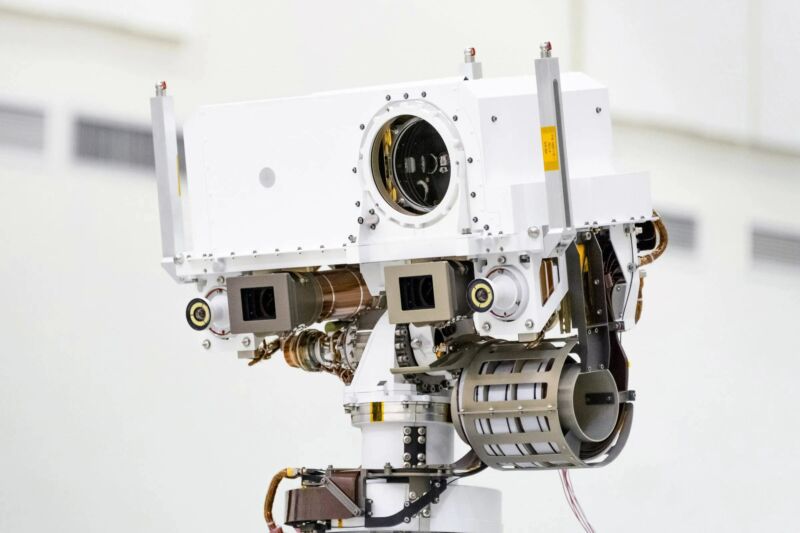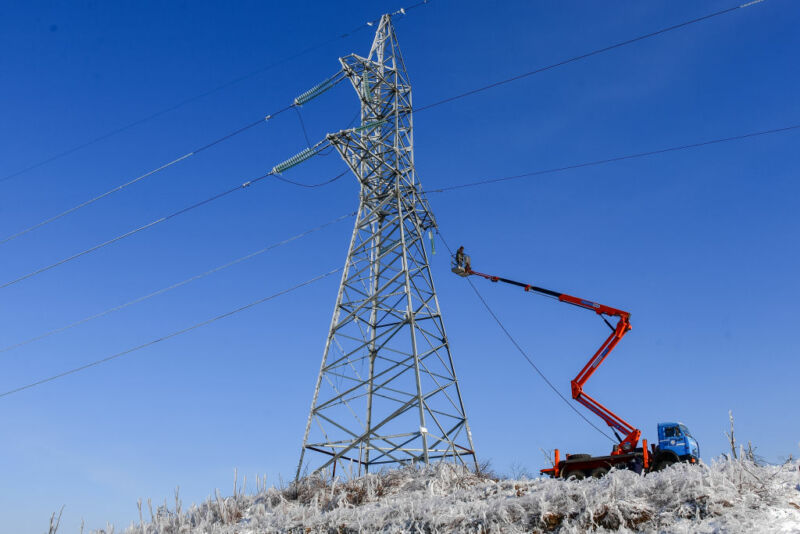
Enlarge / Celebrate the Year of the Metal Ox with two new films: A Writer's Odyssey and Space Sweepers (credit: Aurich Lawson/Netflix/CMC Films/)
February brings the annual celebration of the lunar new year—welcome to the Year of the (Metal) Ox—and with it two new action-packed films from China and South Korea, respectively.
Directed by Lu Yang, A Writer's Odyssey—currently playing in select theaters—centers on a man searching for his lost daughter, hired to assassinate a novelist whose fantasy work-in-progress has begun to shape events in the real world. Over on Netflix, Space Sweepers is being touted as the first Korean bona fide blockbuster, focusing on the adventures of the plucky crew aboard a space junk salvage vessel who must save the Earth from total destruction. Together they make for an action packed, fantasy/sci-fi weekend double feature.
(Some spoilers below for both films, but no major reveals.)








